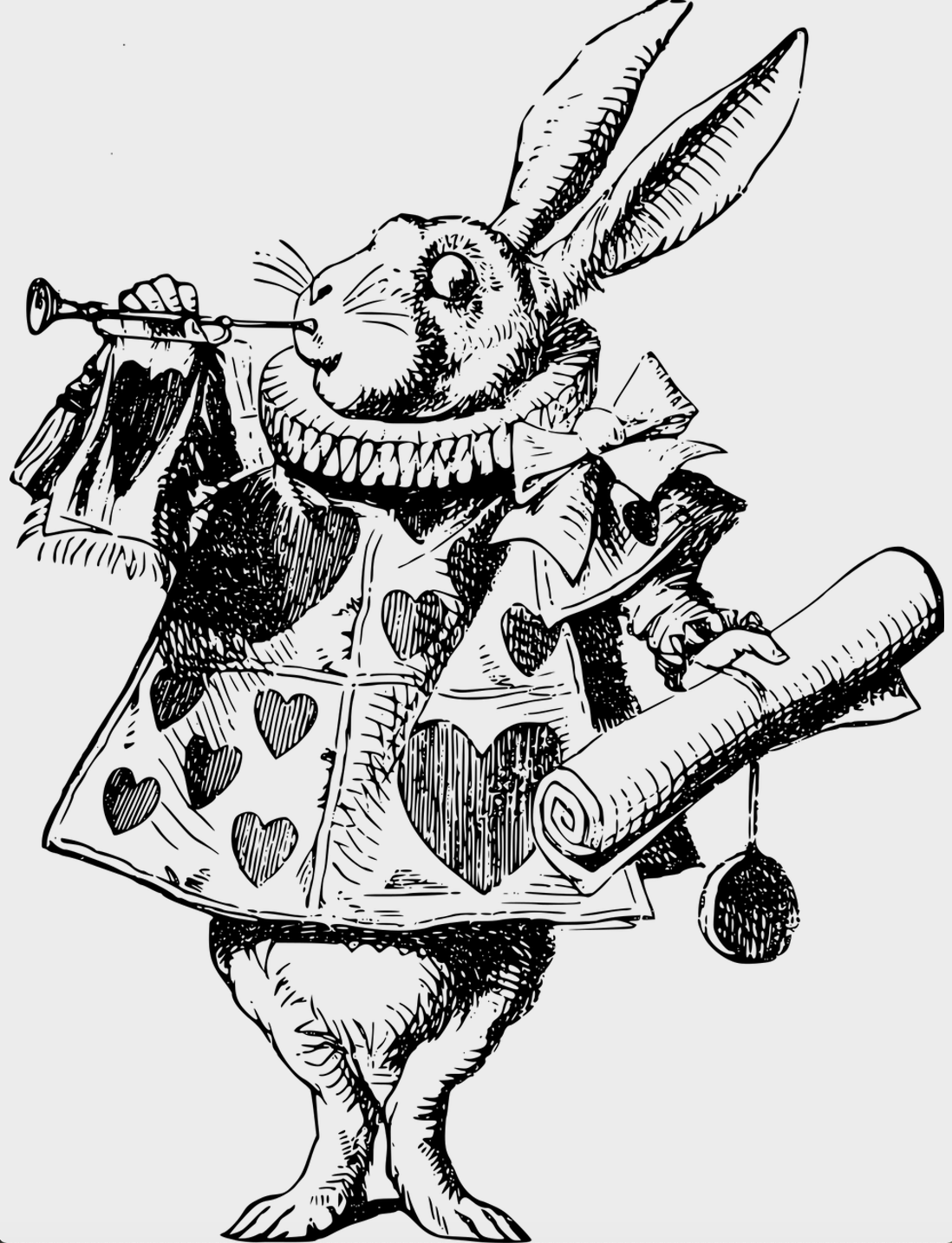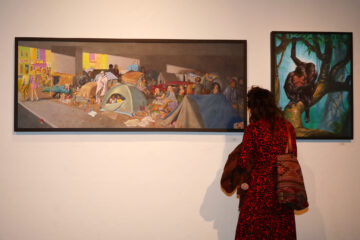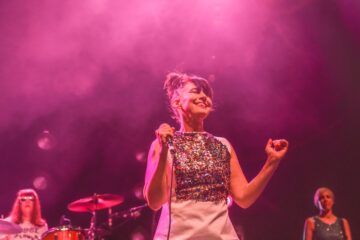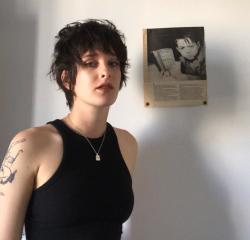How I Discovered The Art of Doing Nothing: Part Two
Last week, I left you with skepticism.
After years of resistance, I picked up Jenny Odell’s How to Do Nothing. I was admittedly prepared for a predictable read.
I was ready to meet another advocate for mindfulness in these pages, repackaging the message of Eckhart Tolle and Alan Watts for the contemporary tech-beholden hustler. Featuring a cover shrouded in punchy pink petunias, I guessed that this book must be the answer to the cultural Girlboss infection.
In other words, this must be the book you gently gift to that friend of yours who has completely committed mind, body, and soul to the crank of capital. You know the one. The trembling mass of spite and nerves.
This book, I assumed, must be a simple prescription for said mass and her ilk. An offering of florals and reassuring whispers. A verbal herbal tea.
Thankfully, I was wrong. (Another arrogant assumption debunked!)
Odell is far too creative and well-read to deliver a series of platitudes. By the time you reach the halfway point in this book, Odell’s words are firm: “If you can afford to pay a different kind of attention, you should.” As she leads you into the chapters that follow, she will indicate Why and How.
“How endlessly strange reality is when we look at it rather than through it.”
Chapter four, “Exercises in Attention,” is a portal to new perspectives. Welcome to the rabbit hole.
In this chapter, Odell cites David Hockney, a prolific English painter who believed a finished painting “contained the amount of time that went into making it.” Given this belief, Hockney initially dismissed photography as the “point of view of a paralyzed cyclops,” that is, until he began to practice photography as a means to explore the “phenomenology of seeing.”
By creating composites of photos snapped at different angles, Hockney’s photos more closely resemble collage or cubist paintings. The product is an approximation of the “unstable and highly personal process of perception.”

David Hockney at the Centre Pompidou in 2017. (By Connaissance des Arts, CC BY 3.0, courtesy Wikipedia)
“For him, actual looking was a skill and a conscious decision that people rarely practiced; there was ‘a lot to see’ only if you were willing to and able to see it,” Odell writes.
“This way of looking, in which we are Alice and everything is a potential rabbit hole, is potentially immobilizing; at the very least, it brings us out of step with the everyday.”
In stepping into a curious frame of mind, we transcend our habitual sensemaking, categorical thinking, and self-absorption. We are afforded the opportunity to transcend ourselves, allowing for more meaningful encounters with others. We are also less receptive to the manipulative mechanics of the attention economy.
“My experience is what I agree to attend to,” Odell reminds a human collective with weakened will. There are greater discoveries to be found beyond the corporate dissemination of glittering images, she suggests.
“Snaking through the midst of the banal everyday is a deep weirdness, a world of flowerings, decompositions, and seepages, of a million crawling things…all just on the other side of the chain-link fence.”
Question where your eyes fall first, then question it again.
“If I think I know everything that I want and like, and I also think I know where and how I’ll find it—imagining all of this stretching endlessly into the future without any threats to my identity or the bounds of what I call myself—I would argue that I no longer have a reason to keep living.”
Chapter five, “Ecology of Strangers,” is a practice in decentering the whine of the ego.
Odell recalls an otherwise average day that was disrupted when she witnessed a woman collapse and start seizing on the ground before her. Immediately, Odell’s daily routine was rendered moot. In that moment, she was called to serve a greater purpose.
“Just as earthquakes remind us that we live on floating plates, once I’d been confronted with the fragility of another person’s life, I was momentarily unable to see anything as given,” Odell writes. The banal trials of her own life had been temporarily decentered from her internal narrative. Passersby were realized with a sense of density and depth, no longer reduced to passing obstacles.
Odell ascribes equal depth to other forms of life, familiarizing herself with the taxonomy of plants and birds. Her new regard for life beyond the human shuffle relieves a sense of species loneliness, “the melancholy alienation of humans from other life forms.”
What emerges is an understanding of a deeply integrated collective of life forms, ever fluid, ever dancing in an infinite energy exchange. In realizing a fuller picture of the self within a universal collective, it becomes absurd, even hilarious, to dwell on personal branding, egoic tantrums, rigid narratives, and the language of algorithms.
“For me, doing nothing means disengaging from one framework (the attention economy) not only to give myself time to think, but to do something else in another framework.”
Chapter six, “Restoring the Grounds for Thought,” is a call to reinstate context.
True understanding of something necessitates attention to its context, its location in space and time. In the internet age of roving headlines and images, Odell argues that this invaluable context is lost. The result of absorbing partially digested information in a chaotic stream of nonsense is—as you’ll likely find familiar—a low-level twitch of anxiety and dread.
Odell explains, “I imagine different parts of my brain lighting up in a pattern that doesn’t make sense, that forecloses any possible understanding. Many things in there seem important, but the sum total is nonsense, and it produces not understanding but a dull and stupefying dread.”
Understanding context is a “collective survival skill,” therefore this collapse of context is not insignificant. A steady diet of media morsels compromises our very sense of ourselves in space and time.
“As the attention economy profits from keeping us trapped in a fearful present, we risk blindness to historical context at the same time that our attention is ripped from the physical reality of our surroundings,” Odell notes.
The antidote, Odell claims, is a shift in attention, one that prizes spatial and temporal context.
More often than not, the most effective way of restoring this context is investing in the Here and Now. Odell reminds us that the history of collective action is “still one of in-person meetings…played out in a field of mutual responsibility and respect.”
Not to dismiss her as a Luddite. Odell imagines a “hybrid of mediated and in-person encounters,” and a “non-corporate, decentralized networking technology,” of which she offers examples.
Nevertheless, it’s clear that her allegiance lies with the natural world and the possibility for discovery there, if only we pause to behold the thing.
“I stopped looking at my phone because I was looking at something else, something so absorbing that I couldn’t turn away,” she recalls. “I’d look at all the trees, at all the plants, trying to notice patterns…I would try to get a sense of the shape of the land—where am I in relation to the hills and the bodies of water? Really, these are all forms of the same question. They are ways of asking: Where and when am I, and how do I know that?”
Naturally, this potentially transformative inquiry looks a lot like doing nothing.










